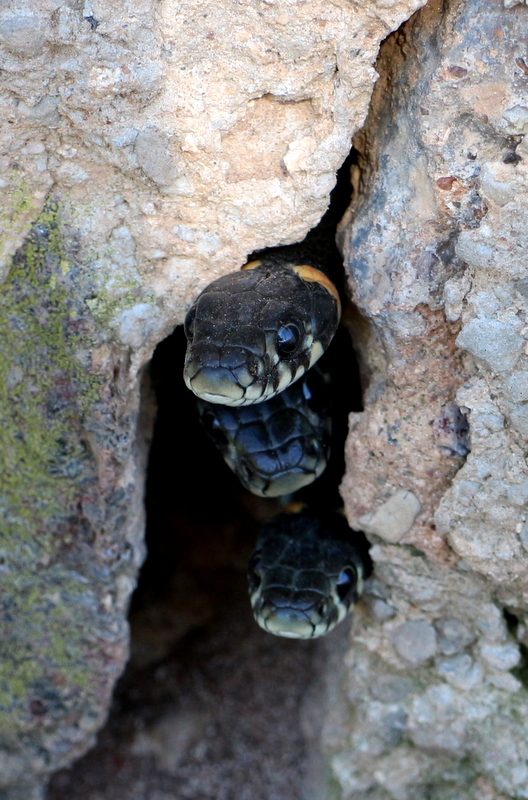It is not necessary to call the Estonian Rescue Board when you see a snake in the garden. You should give the reptile a chance to leave – it will do so quickly

It is not necessary to call the Estonian Rescue Board when you see a snake in the garden. You should give the reptile a chance to leave – it will do so quickly. In the future, however, it is worth taking some measures to prevent snakes from getting in the garden.
There are two types of snakes living in Estonia. There is no reason to fear the grass snakes – they are not toxic. An unexpected meeting with them can, however, naturally be frightening. The grass snake is generally a useful animal that kills mice, for example. You can recognize the grass snake by the yellow spots on its neck.
The only venomous snake in Estonia is the common viper. It is easily recognisable by the zigzag on its back, but at the same time, the back of some vipers may be dark and lack the characteristic zigzag. The foolproof method for distinguishing the grass snake from the viper is looking for the yellow spots on the nape of the grass snake – if there are none, you have yourself a viper.
Snakes like habitats with good shelter. A moderately unruly garden can be just the place, but snakes also love warm places – for example, they can come to bask in a greenhouse, on a pile of compost, or under the strawberry cover. Sometimes, a snake can also get into outbuildings.
What to do if snakes have chosen your yard as their place to live?
- Start by trying to keep the lawn around your house well-mown. They have no shelter in the short grass and will move further.
- All kinds of piles (compost, branches, soil, rocks, or boards) are the favourite places of snakes. Try not to create them in the yard, or, if you cannot do without, build them as far away from the house as possible.
- For the same reason, it is not worth building a compost pile directly next to the house. It is better to place it away from the house and, if possible, next to a forest. That way, snakes can bask on a compost pile, but they have no reason to get closer to the house [1]
- Do not go barefoot to the parts of the garden where the grass is tall. If you do go, look ahead and stomp your feet – the snake will feel you coming and leave quickly [2].
By taking these measures, your backyard should become a less suitable habitat for snakes and they are likely to find another place to live.
Sometimes, it is necessary to catch a snake and move it elsewhere. For example, such a need may arise if you find a snake in your greenhouse or in an outbuilding. You must not kill the snake, because both Estonian reptile species are under nature protection and killing them is prohibited by law.
In order to remove the snake from your home garden, use a rake or thick leather gloves to lift it into a sealable container (such as a bucket or pot with a lid), take it a few kilometres away, and release the snake there. It will not return to its former place.
If it happens that a viper has entered your house and you do not exactly consider yourself a snake charmer, you should call the Rescue Board for assistance.
The Estonian Society for the Protection of Animals also advises home owners on getting rid of snakes in a friendly way.
Last modified: 17.01.2022
__________________________________________________
[1] https://lood.delfi.ee/maakodu/aed/napunaited-kuidas-valtida-madusid-koduaias?id=78383028
[2] http://www.lemmikajakiri.ee/vras-loom-sinu-uel-vi-toas--mida-peale-hakata